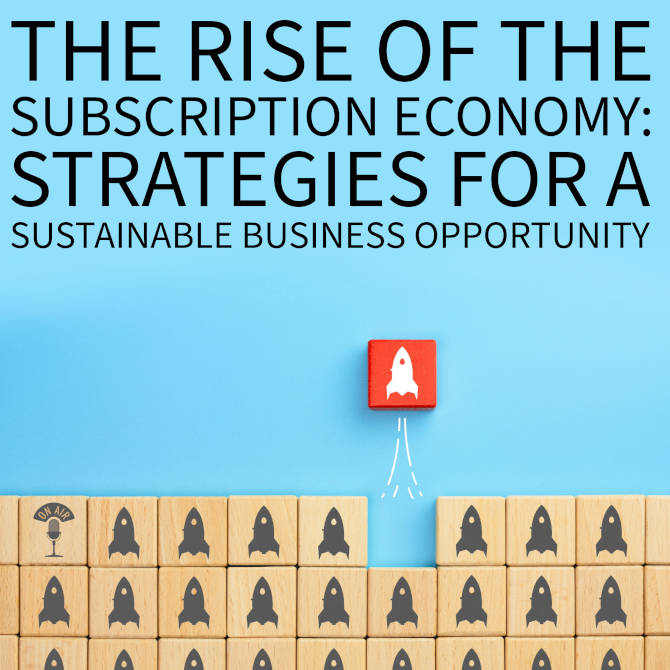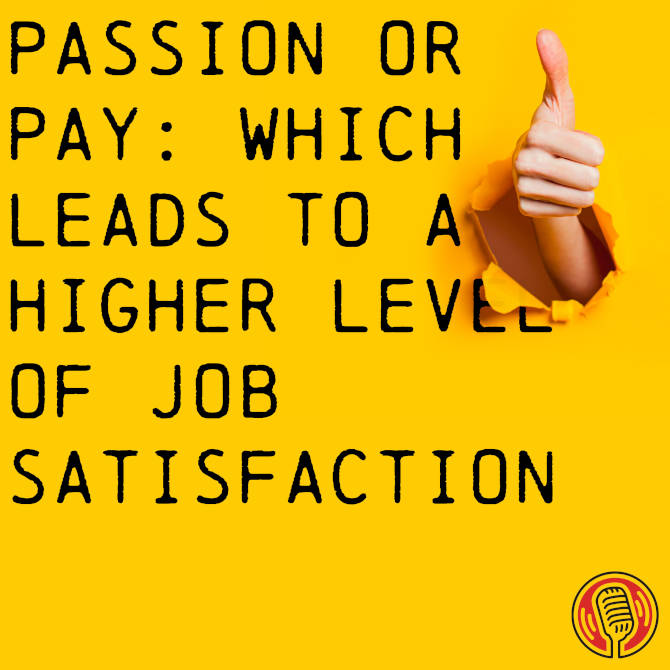Introduction: A Culinary Adventure with a Twist
It was a lovely summer’s evening and my wife and I decided to go to this fancy new restaurant that had just opened. This was around 1995. Now I actually knew the husband of the owner. He was a capital radio DJ and regularly frequented my restaurant. The restaurant is called Archipelago and is based in central London.
The restaurant was fascinating. You really felt as if you’d entered a riot of anthropological artefacts, which could quite easily come out of an Indiana Jones movie. Now, being that I was a sort of friend of the owner, she decided to present us with a taster menu. So I had absolutely no idea what we were going to eat.
The Unconventional Menu: A Test of Marketing Creativity
Now, I think taster menus are a brilliant way to actually learn about the menu.
So I was thrilled by this. I just remember seeing loads and loads and loads of plates of food coming out for us. And we enthusiastically started eating this, which was really delicious food.
Now, I have quite a sensitive palate and am very capable of working out what spices have been used, but there was something that offered a different bite texture and flavour undertones, and I just couldn’t work out what they were.
I’m also a very inquisitive person and had to call her over and say, Okay, can we discuss these dishes? I needed to know what we were eating and what spices were actually being used. It turned out that I was trying smoked python, carpaccio, lovebug salad, and weaver ant garnish.
Yeah, you heard correctly.
Insects were part of the ingredients of these dishes.
Marketing Beyond the Plate: A Glimpse into Shock Marketing
Now, the reason I mentioned 1995, as back then, there were very few creative restaurants such as this one. And to be honest, I could have quite easily eaten the food without being aware of its ingredients. But as I gave it more thought, I could see that this meal was a memento twist in effective food marketing.
And without a doubt, a very creative approach in grabbing our attention and their potential clients attention, which in turn, encouraged us to try new things and probably dishes that we would never actually think of trying.
Now the reason behind this anecdotal story is that we should constantly be aware of what we eat and maybe embrace new cuisines with an open mind and discerning palate, as you never know what delicious morsel might be sitting on your plate. Even if the ingredients are a little suspect.
And of course, if you find yourself lost for a bite to eat in central London, well, why not hop along to Archipelago and have some pan-fried, spiced crickets?
Now that little story brings us nicely into the realms of marketing, let’s examine some of the most divisive and provocative food advertising efforts that have caught our attention.
Shall we start?
Marketing in the Food Industry
Marketing is an essential component of the food industry. And it greatly affects how we view food and choose what to eat. Companies utilise a variety of strategies to sway our purchasing decisions, including dazzling commercials and viral marketing efforts.
But how far will they go to attract our attention?
Case in Point: The Woolly Mammoth Meatball Campaign
You may or you may not have heard of the woolly mammoth meatball, which was recently a marketing initiative that gained a lot of, sort of, notice from people all around the world. This meatball was advertised as being special and intriguing since it was made from, are you ready for this?
An extinct animal. Yes, an extinct animal that had been brought back to life in a sort of life, as in, it wasn’t walking around. The campaign raised some important moral questions concerning the extinction of the animal for human food. Albeit at first glance, it seemed like a gimmick. You know, when extinct animals are brought back to life, and sustenance, numerous ethical concerns will surface.
Should we be using science to try to bring back extinct animals would be a massive question to ask. Is it actually ethical to consume creatures that have disappeared from the natural world?
Ethical Implications of Shock Marketing in Food Advertising
The Woolly Mammoth Meatball campaign also highlights the consequences of trying to put an endangered or extinct species forward for financial gain and the commercialization of science.
This campaign for Woolly Mammoth Meatball is a prime example of shock marketing. A technique used by many companies to arouse controversy and garner media attention. It grabs people’s attention and it will stick in their minds.
It entails using provocative or surprising statement visuals or activities.
Although shock marketing has a good possibility of getting people’s attention, it’s also quite polarised.
Many critics suggest that shock marketing has the power to sway people’s emotions and morals, leading them to make questionable decisions. With this in mind, shock marketing can also be considered unethical, as it may use sensationalism to promote a product or idea that is not necessarily beneficial or accurate.
Shock Marketing: A Double-Edged Sword
Interestingly, a few years before 1985, there was a major art exhibition in London that pretty much changed the face of contemporary art and introduced us to the likes of Damien Hirst with his shark suspended in formaldehyde, to Tracey Ennum’s Tent, titled Everyone I Have Ever Slept With, and Marcus Harvey’s depiction of child killer Myra Hindley.
This lurid collection of art came under the exhibition title of Sensation. It really did cause a sensation, something I just didn’t personally like.
The Risks and Rewards of Controversial Marketing Tactics
One of the main problems with shop marketing is that its impact on consumers is difficult to actually predict. Some may find it amusing or thought-provoking, whilst others may be enraged or offended.
As a result, the brand or company may come to be associated negatively. Which could eventually damage its reputation. But is that really true? I suppose in today’s prime example would be Bud Light sponsoring Dylan Mulvaney. And he’s, uh, she’s a transgender activist. This has caused tremendous uproar as the customers don’t associate themselves with Dylan.
However, if we think about it, does Bud Light care or are they using this as shock marketing for later effect, you know, once the noise has blown away saying that I’ve tried Bud Light and that was actually a shock enough for me to not drink it again.
So we can see, you know, shock marketing also has the drawback of detracting from the actual message of all products being marketed.
The frightening aspects of the marketing effort draw attention away from the advantages and attributes of the product itself. Confusion and, say, misconceptions may emerge from a lack of comprehension of the true meaning of the product or message.
The Ethical Boundaries of Marketing: A Consumer’s Perspective
Nevertheless, it’s equally crucial to keep in mind that shock marketing has its benefits, as we mentioned with Bud Light.
It can be viewed as a technique to push limits and challenge the norms in some areas, including entertainment or fashion. In certain occasions, the controversy brought on by the campaign may enhance consumers’ interest in an engagement with the service or message.
Conclusion: A Call for Ethical Consumer Awareness
One thing we do know is the food marketing sector is a complicated one with many different facets.
Although businesses could go to great measures to catch our attention, it is up to us as customers to be wary of the messages we’re exposed to. We can make ethical decisions that are good for our health and the environment by being knowledgeable about the food we eat. Shock marketing success is contingent upon the audience and the surrounding circumstances.
Although shock marketing can be an effective method of getting people’s attention. It should always be utilised in an ethical and responsible manner. But never lose sight of who your customer actually is. You don’t want to alienate your customers and find that actually your bread and butter no longer wants to work with you.
Anyway, what are your thoughts on this subject? It would be great to hear them and remember to follow, like, subscribe and share and I’ll talk to you soon.
Bye bye now.











